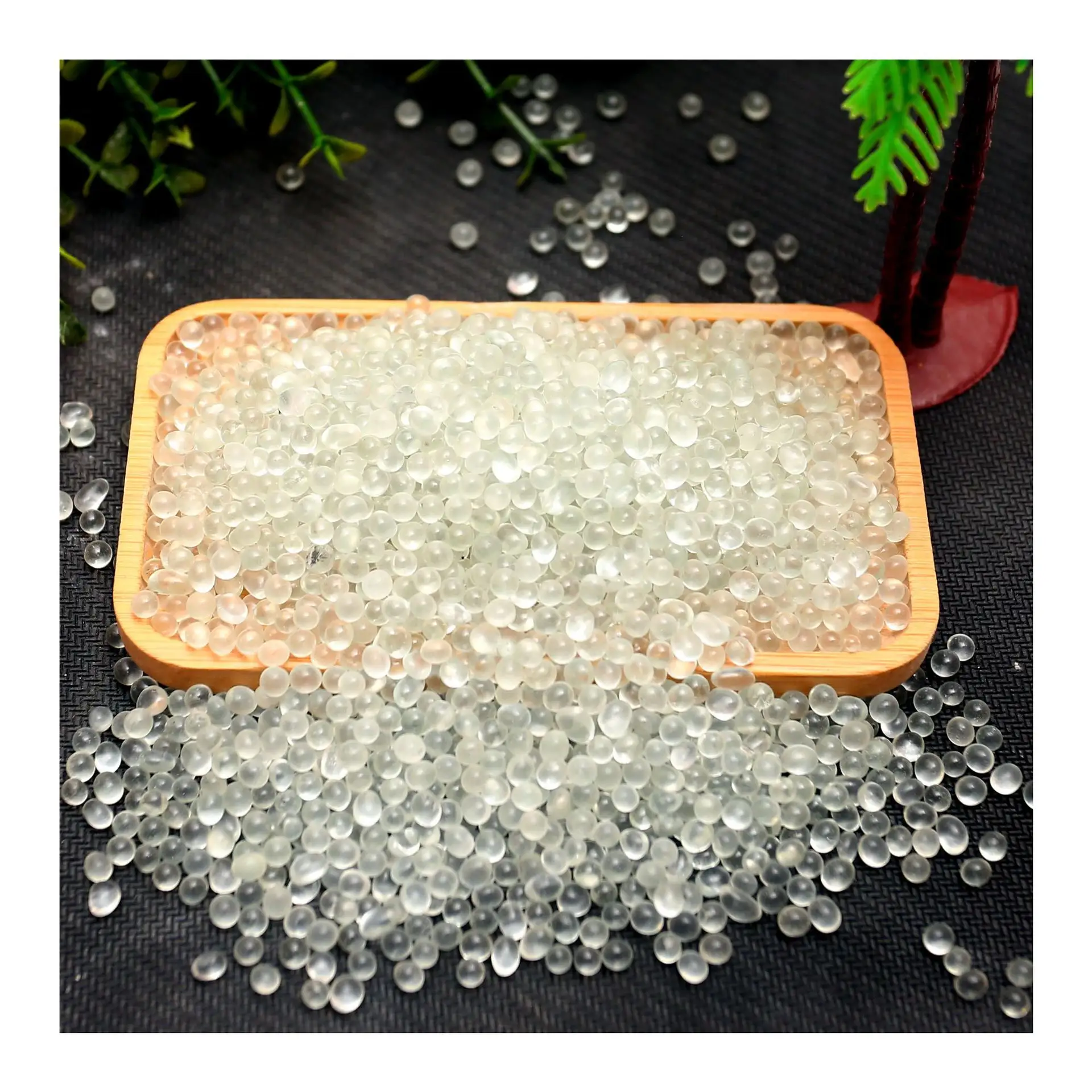
Innovative Applications of Inorganic Functional Materials in Modern Technology Solutions
The Role of Inorganic Functional Materials in Modern Technology
In recent years, the field of inorganic functional materials has garnered significant attention due to their unique properties and wide-ranging applications in various industries. Comprising compounds that primarily consist of minerals and metals, these materials exhibit exceptional characteristics, such as high thermal stability, electrical conductivity, and mechanical strength, making them indispensable in modern technology.
One prominent application of inorganic functional materials is in the field of electronics. Materials such as silicon carbide (SiC) and gallium nitride (GaN) are revolutionizing the semiconductor industry. These wide bandgap semiconductors offer superior efficiency and thermal performance compared to traditional silicon-based devices. As a result, they are increasingly utilized in power electronics, electric vehicles, and high-frequency communication systems, where they enhance performance and reduce energy consumption.
In addition to electronics, inorganic functional materials also play a critical role in renewable energy technologies
. Photovoltaic cells, particularly those made from inorganic semiconductors like cadmium telluride (CdTe) and perovskite materials, are at the forefront of solar energy conversion. These materials enable higher efficiency in capturing sunlight and converting it into electricity, contributing to the transition towards sustainable energy sources.inorganic functional materials

Moreover, inorganic functional materials are essential in the field of catalysis. Transition metal oxides and sulfides have been extensively studied for their catalytic properties in chemical reactions. They facilitate essential processes such as hydrogen production and carbon dioxide reduction, contributing to the development of cleaner and more sustainable industrial practices. As the world grapples with climate change, the importance of these materials in supporting green technologies cannot be overstated.
Furthermore, the potential of inorganic functional materials extends to biomedical applications. Bioceramics and bioactive glasses, for example, are used in medical implants and tissue engineering due to their biocompatibility and ability to promote bone regeneration.
In summary, inorganic functional materials are crucial for advancing technology across multiple sectors. Their unique physical and chemical properties enable innovations that drive efficiency, sustainability, and functionality, ultimately leading to a better quality of life. As research in this field progresses, the potential for new applications and improvements in existing technologies continues to expand, promising a future filled with exciting developments.
Share
-
Premium Talcum Powder Enhanced with GPT-4 Turbo | Soft & Long-LastingNewsAug.02,2025
-
Fly Ash Solutions Enhanced by GPT-4 Turbo | Sustainable InnovationNewsAug.01,2025
-
Natural Premium Bentonite Cat Litter - Superior ClumpingNewsJul.31,2025
-
Premium Resin Coated Sand - High Heat Resistance CastingNewsJul.31,2025
-
High Quality Silicon Carbide Grit for Abrasive ApplicationsNewsJul.30,2025
-
High-Quality Ceramsite for Plants & Gardening | Lightweight PebblesNewsJul.29,2025






